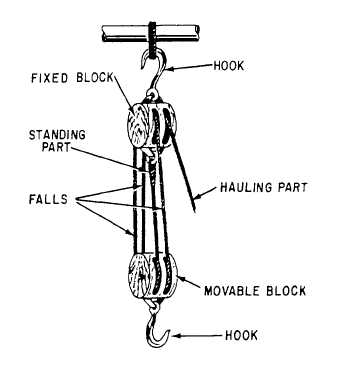I've been chatting to a chap who's currently employed on HMS Warrior and I've just learnt that the screw was raised and lowered not on the capstan (as I incorrectly guessed) by by a simple A-frame and pullies.
Does anyone have anymore information on this or similar processes? I'm a bit shocked that it was literally about 400 blokes hauling on ropes to raise and lower a screw that weighed 36 tons.
I was also informed that most of the time, while under sail, the screw was left to just feather in the wake as it was too much agro to raise the damn thing.
I couldn't find an illustration or anything of this A-frame, or a description of how the crew were organised to work the ropes.
Any info would be great, thank you.



